6 Key Garden Trends That Will Inspire Your Landscape Design In 2025
Discover the design trends destined to make it into your garden this year – from joy-sparking plant palettes to sustainable solutions built into the landscape.
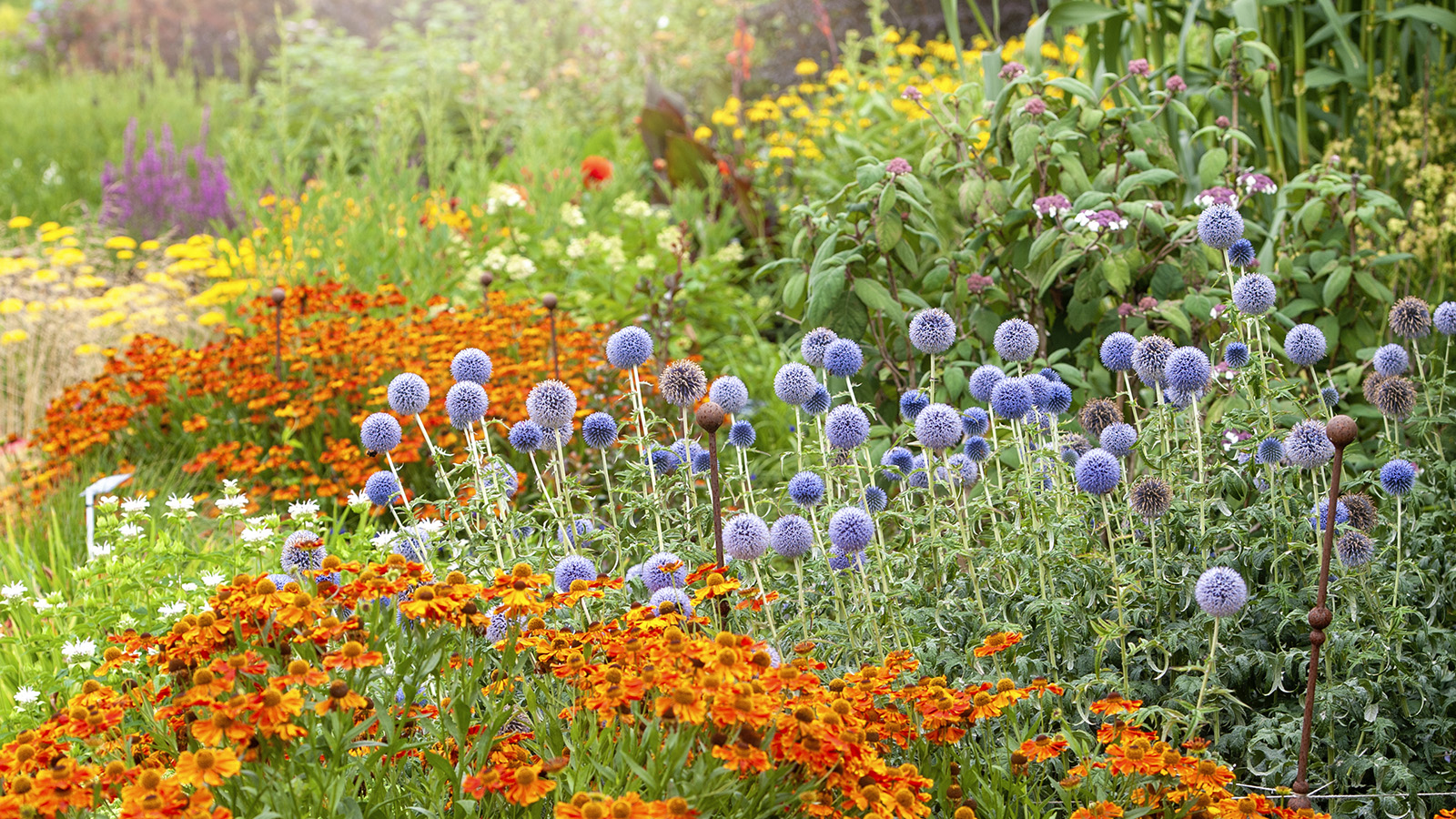

Gardeners rejoice – the top garden design trends for 2025 are all about maximizing joy from outdoor spaces. From bold vibrant planting palettes to wild cutting gardens that transport us to another place, the focus is on gardens that make us smile.
But rather than following short-term trends, gardeners are starting to invest more in their landscapes and want to see a return on their investment – with a greater emphasis on choosing plants and trees that add a mature feel and increase the value of a home.
Unsurprisingly, sustainable gardening is at the forefront of garden designs for 2025, with landscapes that adapt to climate change. While, practices such as rainwater recycling and composting will be made integral to a garden's design, rather than an afterthought.
This feature explores the most important garden trends for 2025, offering insight into how you can adapt your outdoor space to make it more beautiful, versatile, and sustainable for the long term.
1. Dazzling Plant Palettes
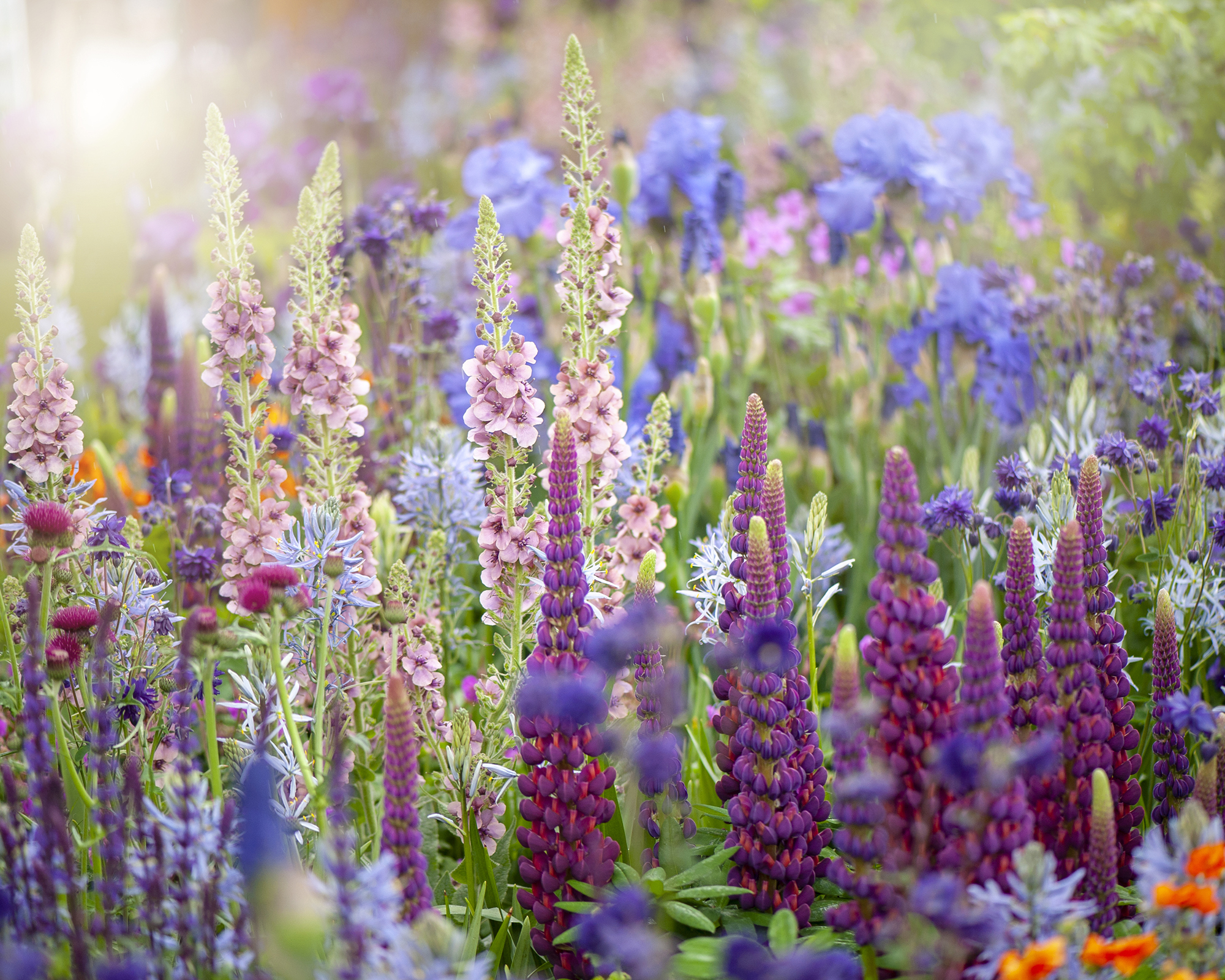
Soft, romantic pastels will never go out of style, but in 2025 they will be outshone by bold, intense planting palettes.
“We are craving the depth and energy of strong color in the landscape right now,” says Katie Tamony, chief marketing officer and trendspotter at Monrovia. “Breeders are delivering on that need with blooms and foliage in intense hues or saturated brights. We also see blooms with lush layers of petals. This combination adds a richness to the garden, which is balanced by framing the color with cool whites and greens.”
While Monrovia forecasts the rise of luxurious deep pinks, reds and purples, Garden Media Group has named teal as its color of the year for 2025. “With a bold, synthetic quality, this color bridges the realms of fantasy and reality, evoking the serene blues of Caribbean waters, the expansive freedom of vast skies, and the immersive depth of virtual spaces,” says Katie Dubow, trend forecaster and president of Garden Media Group.
Gardening tips, videos, info and more delivered right to your inbox!
Sign up for the Gardening Know How newsletter today and receive a free copy of our e-book "How to Grow Delicious Tomatoes".
Earlier this year, bold color was one of the key trends from the Philadelphia Flower Show, which was a joyous celebration of all that is bold and beautiful about flowers. “Bright, bold, neon colors were embraced – think magenta pink, salmon pink, and bold orange,” says Katie.
Get the look with colorful planting recipes containing rich jewel-toned plants such as the deep plum Seaside Serenade 'Newport' hydrangea, striking scarlet Panama Red coneflower, or magenta Monarda 'Blue Stocking', available in the Gardening Know How Shop.
Alternatively, embrace color with a ready-made garden bed, such as Plant by Number's Jewel Tones Flower Garden Kit, available in the Gardening Know How Shop, which contains everything you need to plant a vibrant bed.
2. Mature, Lived-in Gardens
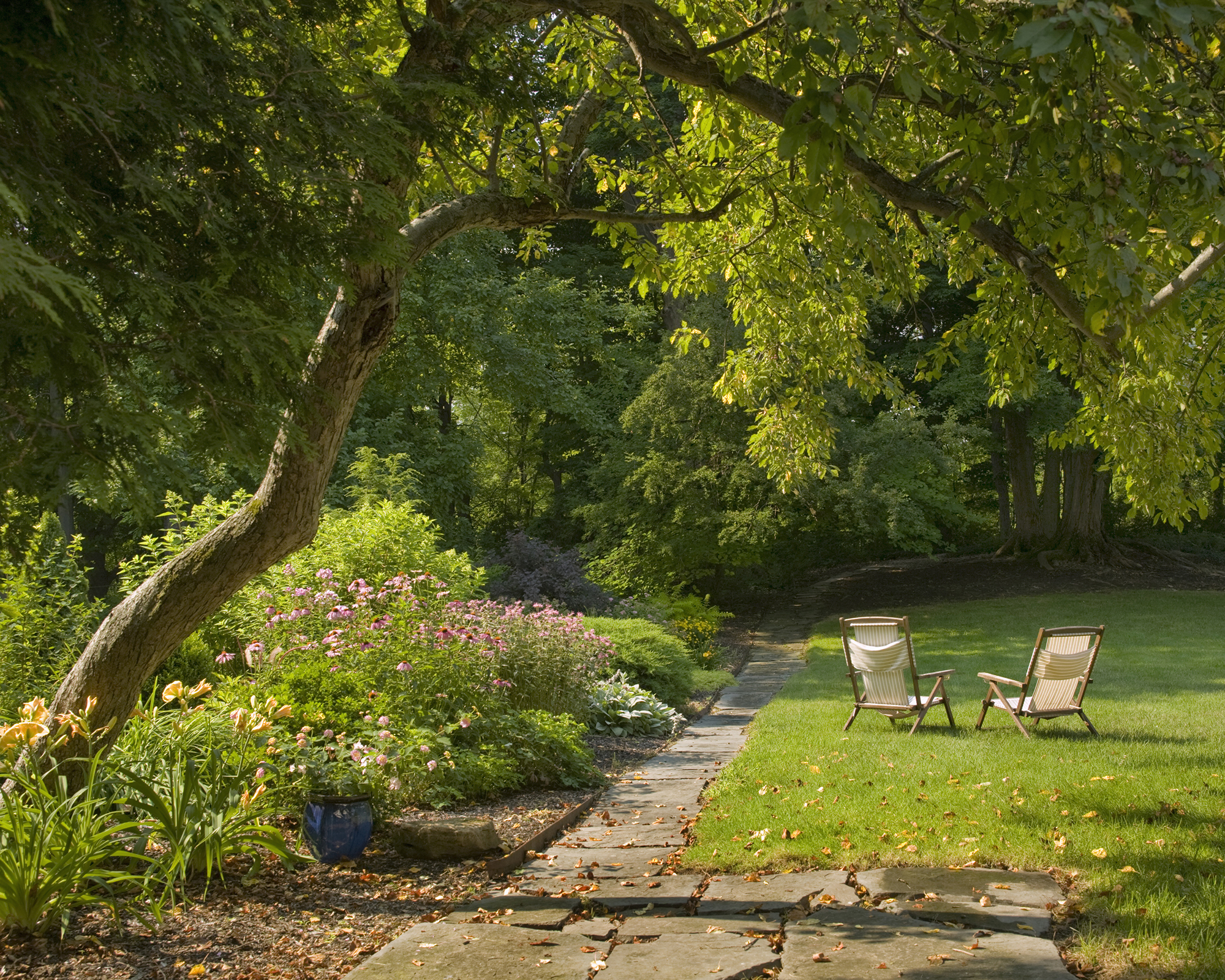
In recent years, landscaping trends have been moving on from flawless lawns and neatly clipped hedges toward a more relaxed feel. But in 2025, "lived-in" landscapes will further evolve to take on a more mature, ever-present feel.
“The lived-in movement is a delightful shift from the pristine and untouched towards a more genuine, seasoned aesthetic,” says Katie Dubow. “It reflects a broader societal craving for authenticity.”
This trend takes shape in many of our nation’s public gardens. “These landscapes boast a naturalistic, luxurious, and prestigious appearance, evoking the timeless charm of centuries-old European gardens. These spaces are meticulously designed to appear as if they have been nurtured for decades, offering an oasis of tranquility and historical beauty,” adds Katie.
Yet, the appeal of mature, lived-in gardens extends beyond aesthetics. According to research from Virginia Tech, a well-landscaped home can benefit from an increase in property value of up to 12.7%. Mature trees in particular can increase property values significantly, ranging from $1,000 to $10,000 per tree. Trees that add value to your home include oaks, Japanese maples, and magnolias.
“While people try to add value to their landscape by planting new trees, the care of existing mature trees, which provide significant health, community, and environmental benefits, is often overlooked,” says Dr Dan Herms, Vice President of Research and Development for The Davey Tree Expert Company. “Ensuring their health through proper practices allows them to continue offering these benefits for years.”
To enhance the lived-in look in your garden, plant densely for a fuller look, choose long-flowering perennials, and let roses and vines climb to unexpected areas.
“Layer plants by mixing tall shrubs or trees with medium-sized perennials and groundcovers to add depth and complexity,” says Katie. “Don’t get rid of plants that are not perfect. Trim and maintain to show their established growth.”
Grow a bulb lawn for a classic feel, or a moss lawn for a landscape that feels almost reclaimed by nature. “What looks more established than a moss-covered wall or a moss lawn? Cultivate and grow moss or plants that look like it, such as sagina,” adds Katie.
3. Climate Adaptive Landscapes
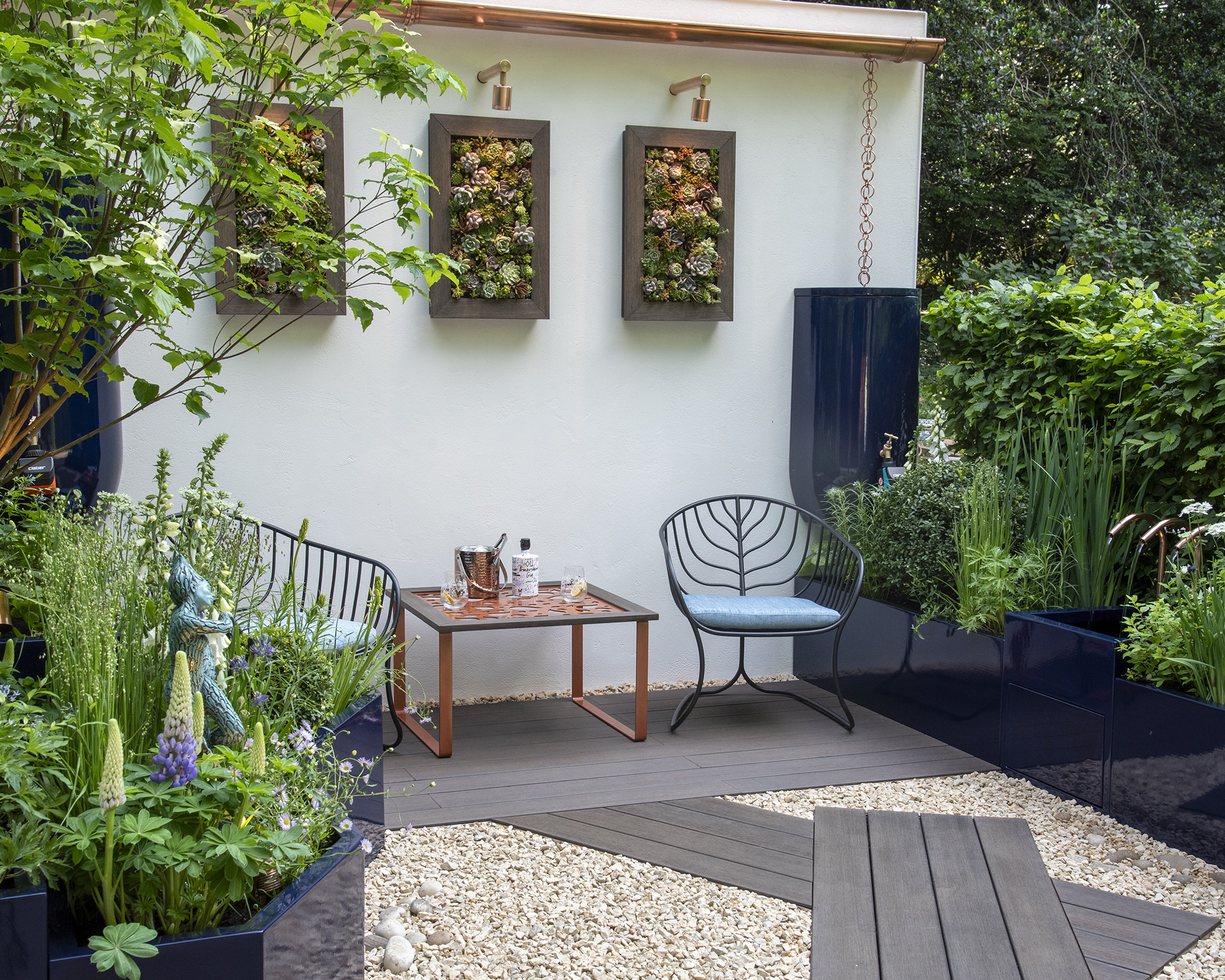
Landscapes that adapt to the challenges of climate change were one of the central trends from Chelsea Flower Show this year, with designers offering clever solutions to flooding, harsh storms, and drought. While more elaborate designs – such as sculptural rain harvesting pavilions – may be the preserve of high-end landscaping schemes for several more years yet, some of the ideas on show will filter down to mainstream landscape design over the coming year.
A greater focus on managing and harvesting rainwater is vital not just to drought-prone gardens but can be extended to include clever design features. Consider ideas such as permeable surfaces, areas densely planted with storm-resilient plants, and rainwater collection ponds to draw water away from other areas of the garden, allowing for swift recovery after heavy rainfall.
Traditional water barrels have their purpose, but smart rainwater harvesting systems with more harmonious designs incorporating rain chains and hi-tech sensors will become more widespread and can connect to self-watering planters and raised beds.
The importance of adaptable planting palettes was also highlighted by Chelsea designers, from drought-tolerant plants to remarkable climate-resilient trees, such as alder trees, which can survive being submerged in water and absorb toxic heavy metals, helping to restore contaminated soils.
4. Living Borders
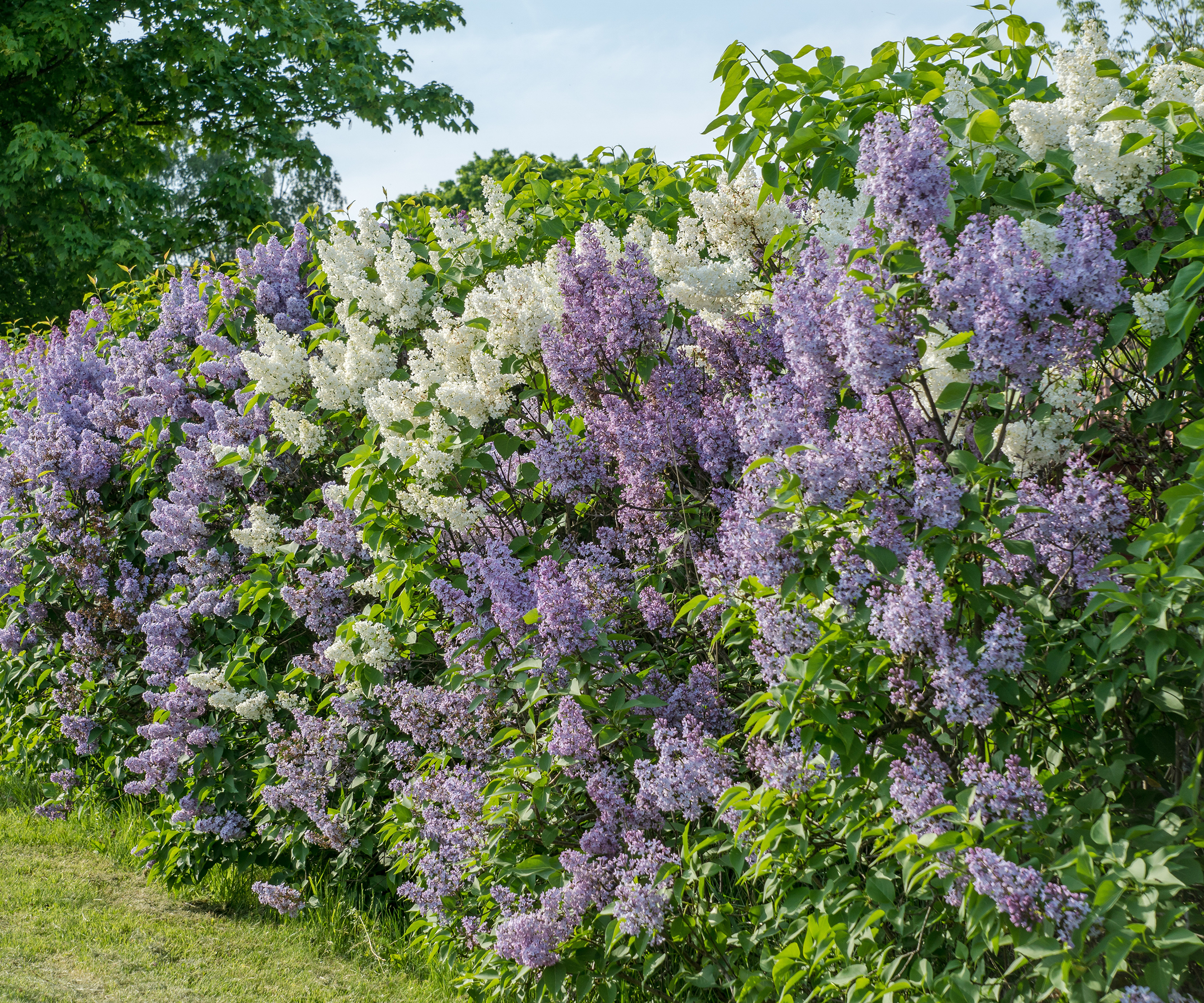
The humble hedge is having a moment, as a softer, natural way to define boundaries, and also much more cost effective than traditional privacy fences. But think bigger than a neatly clipped box or privet hedge. “Hedges can be boring – in some ways, that’s the point of a hedge. But why not introduce a mix of plants?” says Katie Dubow.
“A diverse hedge doesn't just ward off diseases; it prolongs the season of color and varied textures and, most crucially, supports a broader range of wildlife by providing food, shelter, and nesting sites. It transforms a simple border into a vibrant ecosystem. Imagine creating a layered hedge using native plants. This beautifies your yard year-round and offers habitats for local wildlife.”
To create a mixed privacy hedge, use an evergreen to provide structure and privacy, such as a blight-resistant box, arborvitae, or Leyland cypress. Add beauty with flowering deciduous plants like hydrangeas, lilac, or abelia, provide habitat and food for wildlife with native plants like elderberry, or add texture and movement with ornamental grasses such as pampas or maidenhair.
5. Foraging at Home

The rise of boutique flower growers has inspired growers to want to create their own floral designs, foraging flowers from their local surroundings and turning them into gorgeous arrangements.
Ace Berry, a renowned florist from Oasis Forage Products, says foraging is a source of joy and a form of meditation. "It's my Zen. When foraging, you forget about needing specific quantities or types of flowers. You're simply there, in the moment, with nature as your palette."
While foraging fields and woodlands for plants and flowers is a wonderful way to connect with nature, the trend is moving towards bringing the joy home and growing plants to forage in your own garden.
Ace suggests creating capsule collections from your plants and mirroring floral trends like Monochromatic Magic, “a sophisticated arrangement in one color palette using roses and peonies.” Or Wildflower Whimsy captures the essence of meadows using natives such as goldenrod and penstemon.
Consider adding violets, primroses, or wild roses to your garden, or simply plant a beautiful cutting garden filled with your favorite varieties.
6. Clever Composting
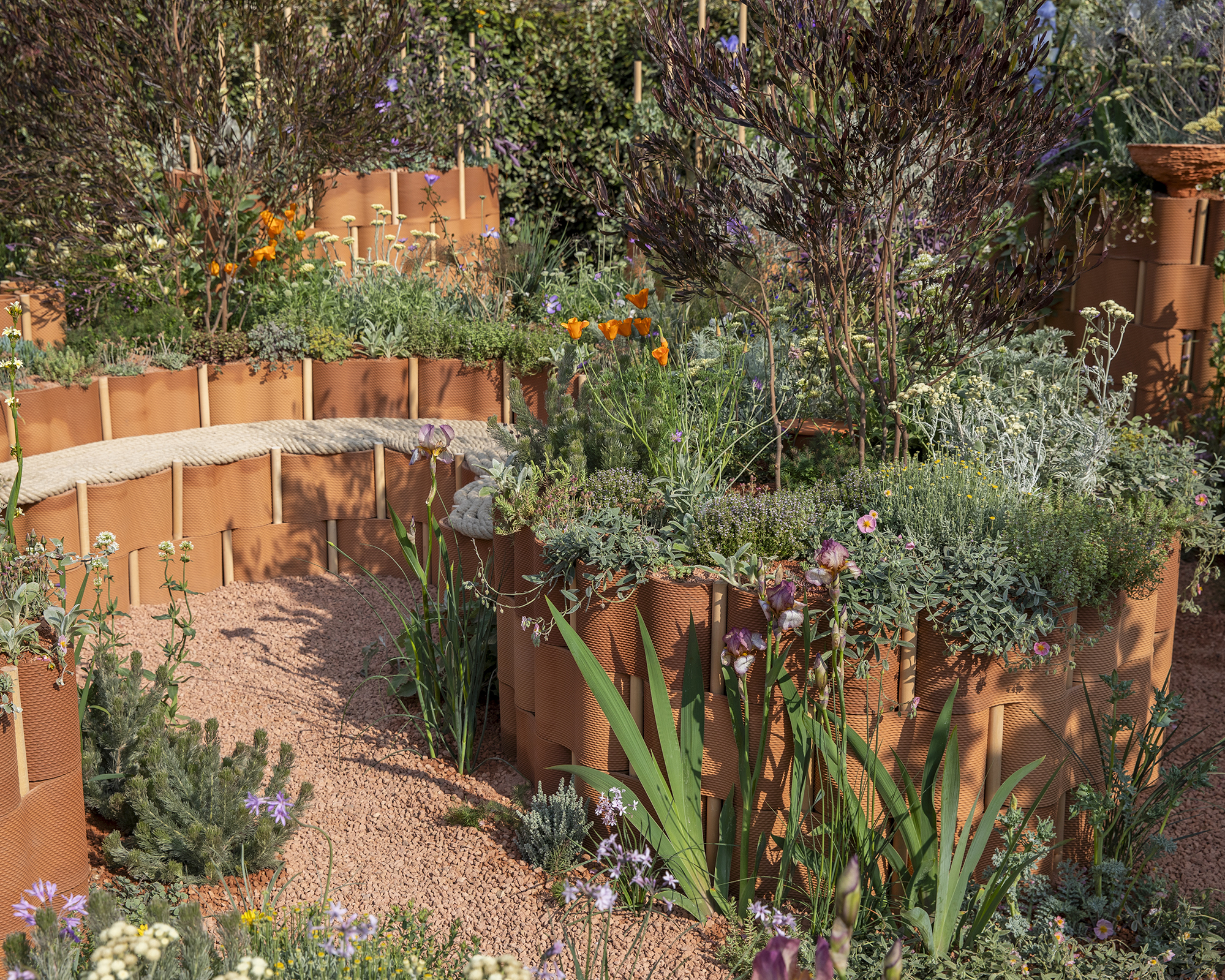
Making composting more integral to gardens is a trend that will be growing in prominence over the coming year. But, rather than have a space-hungry compost pile on show, clever designers are integrating composting functionality into the garden.
At this year’s Chelsea Flower Show, keyhole raised beds, which originate in Africa, were being showcased as a clever concept for gardeners in dry climates, but also for their built-in composting chambers.
A feature of many permaculture gardens, keyhole raised beds are built using blocks or stones in a circular form with a cutout section in their design. At the center is positioned a composting cage, which is filled with kitchen scraps and yard clippings. When the raised beds are watered, it is done through the cage, which filters the nutrients in the decomposing waste throughout the beds.
Elsewhere, the show highlighted "dig and drop" composting, a method where spent plants, pruned, twigs, and pulled weeds are placed directly onto the soil, cutting out the need for a large compost pile.
The rise of vermicomposting, using worms to speed up composting, will also become more integral to gardens, with dedicated worm beds and in-ground worm composters, available in the Gardening Know How Shop.
To reduce the volume of material being composted in the garden, indoor electric composters continue to grow in popularity. These clever countertop devices dehydrate and grind down food scraps, reducing their volume by up to 90%. The best electric composters now add microorganisms to the process. Reencle Home Composter, available in the Gardening Know How Shop, creates plantable compost in just three weeks.
More Garden Inspiration
- Discover contemporary small garden ideas to make the most of your outdoor space.
- Grow four-season containers with these 6 best plants for pots all year round.
- Try these 7 small flower bed ideas to make a big impact in compact corners.
- Browse beautiful plants in the Gardening Know How Shop – from trees and shrubs to flowering perennials.
This article features products available from third party vendors on the Gardening Know How Shop.

Melanie is an experienced gardener and has worked in homes and gardens media for over 20 years. She previously served as Editor on Period Living magazine, and worked for Homes & Gardens, Gardening Etc, Real Homes, and Homebuilding & Renovating. Melanie has spent the last few years transforming her own garden, which is constantly evolving as a work in progress. She is also a passionate organic home grower, having experimented with almost every type of vegetable at some point. In her home, Melanie tends to an extensive houseplant collection and is particularly fond of orchids.
-
 How To Make A Bouquet Garni Or Herb Bundle For Cooking
How To Make A Bouquet Garni Or Herb Bundle For CookingIf you’re a great cook, you may have made an herb bundle before. If this is a new idea, learn how to add sparkle and interest to your dish with a bouquet garni.
By Amy Grant
-
 ‘Coral Charm’ Peony Care For Sublime Semi-Double Peonies With Lush Salmon Pink Flowers
‘Coral Charm’ Peony Care For Sublime Semi-Double Peonies With Lush Salmon Pink FlowersPeonies are known for their soft baby pink or magenta tones, but if plushy coral blooms are your thing, here’s our guide to the ultimate ‘Coral Charm’ peony care
By Tonya Barnett